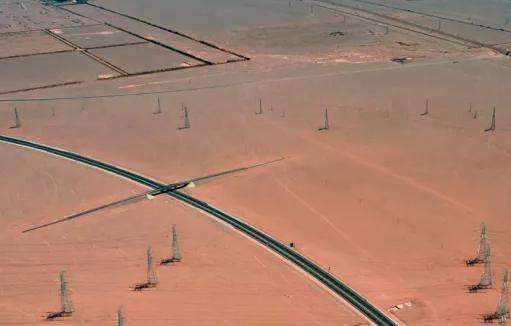Coal uses the principle of energy conversion to produce electricity.
When fuel is burned, water is heated to generate steam, which converts the chemical energy of the fuel into thermal energy. The steam pressure causes the turbine to rotate and the thermal energy is converted into mechanical energy. The steam turbine then turns the generator, converting mechanical energy into electrical energy.
Coal has a wide range of uses, which can be summarized into three main uses depending on its purpose: thermal coal, coking coal and coal for the chemical industry, including coal gasification, low temperature carbonization coal, and hydrogenation coal. Liquefied coal, etc.
(1) Coal for power generation: more than a third of China's coal is used for power generation, and average consumptioncoal consumption for electricity generation is approximately 370 g/(kW·h) of standard coal. Power plants use the calorific value of coal to convert thermal energy into electrical energy.
(2) Coal consumption for steam locomotives: accounts for approximately 3% of electric coal consumption. The average coal consumption index of steam locomotive boilers is approximately 100 kg/(10,000 tonnes·km).
(3) Coal for construction materials: It accounts for more than 13% of coal energy, with cement using the largest amount of coal, followed by glass, bricks, tiles, etc.
(4) Coal used in general industrial boilers: In addition to thermal power plants and large heating boilers, there are many types of industrial boilers used in general businesses and heating, and their quantities are large and dispersed.Coal consumption accounts for approximately 26% of thermal coal.
(5) Domestic Coal: The amount of domestic coal is also large, accounting for about 23% of the coal used as fuel.
(6) Thermal coal for metallurgy: Thermal coal for metallurgy is mainly anthracite coal for sintering and injection in blast furnaces, and its consumption is less than 1% of the quantity thermal coal.
Detailed information
Although China is relatively rich in coal resources, its coking coal reserves are still relatively small, accounting for only 27 .65% of coking coal reserves. China's total coal reserves.
Coking coal includes gaseous coal (accounting for 13.75%), fatty coal (accounting for 3.553%), main coking coal (accounting for 5.26%), lean coal (accounting for 4.01%) andothers unclassified. coals (representing 0.55%).
Non-coking coal includes anthracite (accounting for 10.93%), poor coal (accounting for 5.55%), low bonding coal (accounting for 1.74%), non-coking coal (accounting for 1.74%), coke (representing 13.8%). and long flame coal (accounting for 13.8%), 12.52%), lignite (accounting for 12.76%), natural coke (accounting for 0.3%), unclassified coal (accounting for 13.80%) and coal of unclear brand (representing 1.06). %).
The main use of coking coal is the manufacture of coke. Coke is melted from coking coal or mixed coal at high temperatures. Typically, about 1.3 tons of coking coal can be used to make one ton of coke. Coke is mainly used in steel manufacturing and is the main raw material for the steel industry and other industries. It is known as the “staple” of the steel industry.
Baidu-Coal Encyclopedia (definition of the word)














